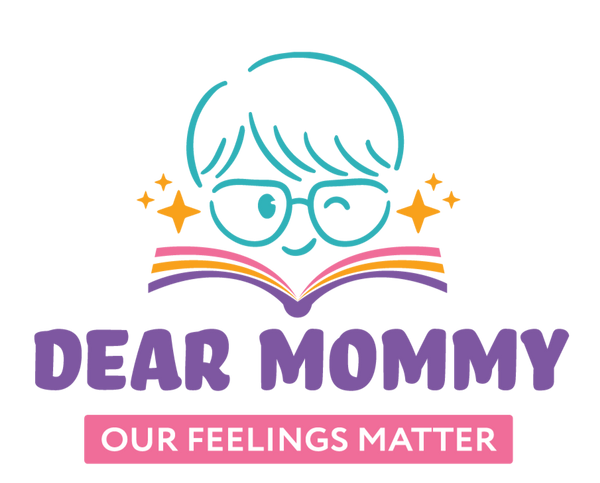Autism Spectrum Disorder (ASD) is a multifaceted and intricate condition, and one thing is clear: it's not a one-size-fits-all diagnosis. Individuals on the autism spectrum bring an array of diverse strengths and abilities to the world, but they also face unique challenges. This blog post aims to shed light on what it means to be on the spectrum, highlighting the strengths individuals with ASD possess, and the journey that parents often face in their quest for support and advocacy.
What Does Being on the Spectrum Mean?
Being on the autism spectrum means that individuals' experiences with ASD can vary widely, from mild to severe, and often encompass a fascinating tapestry of strengths and abilities. Here are some key points to understand about ASD:
-
Diversity in Experience: Autism is not a one-dimensional condition. It manifests uniquely in each individual, resulting in a wide spectrum of characteristics, behaviors, and challenges. Some may excel in specific areas while facing difficulties in others.
-
Perception and Interaction Differences: People with ASD often perceive and interact with the world in ways that differ from those without the condition. These differences can be a source of both challenges and remarkable talents. For example, individuals with ASD may exhibit exceptional attention to detail, an impressive memory, and an intense focus on specific interests.
-
Lifelong Journey: While ASD is often diagnosed in childhood, it's crucial to understand that it's a lifelong condition. As individuals grow and develop, their strengths and challenges may evolve, necessitating ongoing support and understanding from their family, friends, and community.
What Can Parents Face?
Parents of children with ASD embark on a unique journey filled with both joys and challenges. Here's a glimpse of what they might encounter:
-
Navigating the Diagnostic Process: The journey often begins with the diagnosis. This can be a complex and emotional process, requiring visits to specialists and assessments to understand their child's needs better.
-
Accessing Therapies and Services: Parents may need to search for appropriate therapies and educational services tailored to their child's specific needs. Early intervention and therapy can be crucial in helping individuals with ASD reach their full potential.
-
Advocating for Unique Needs: Each child with ASD is unique. Advocating for these unique needs within educational and healthcare systems can be a significant challenge. Parents often have to fight for the support and accommodations that will help their child thrive.
-
Behavioral and Communication Difficulties: Many individuals with ASD face challenges related to behavior and communication. Specialized interventions and therapies may be required to address these difficulties effectively.
-
Seeking Support: Parents should actively seek support, not only for their child but for themselves. Connecting with autism-related organizations and communities can provide a valuable network of resources, shared experiences, and guidance.
Autism Spectrum Disorder is a testament to the diversity of the human experience. It reminds us that our differences are what make us unique and beautiful. While individuals on the spectrum may face various challenges, they also bring exceptional talents and abilities to the world. Parents of children with ASD are on a remarkable journey of support and advocacy, and their dedication is essential in helping their children realize their full potential. Understanding and embracing this diversity is the first step in building a more inclusive and compassionate society where everyone has the opportunity to shine.

